
Conversations InterGender
Conversation Analysis
Each conversation is accompanied by an analysis to give a quick evaluative summation of the students’ performance along with a recommendation of how the students could do better. Various patterns of fluency and dysfluency might be cited if the issue is relevant to the video / transcript.
View Sessions by Type
The Buttons
below provide access to our archive by session, level or type
Basic
Advanced
Type
Intragender
Intergender
Intergender Conversations
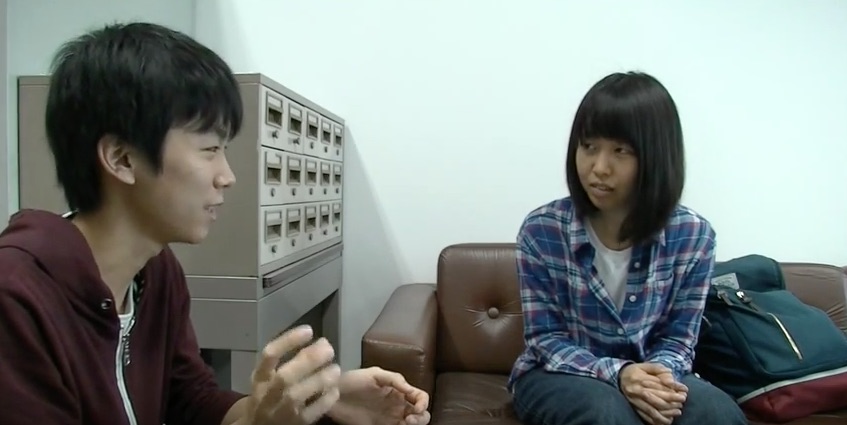
Takaki and Yuki
In this discussion, Yuki’s minimal responses are very common place, often being just one word. Her fluency rate is 64.1 compared to Takaki’s 99.1, however, cross-talk pausing is only 5.7 seconds. Total amount of silence is 40.1 seconds or 6.7%. Takaki’s MLRs are a bit longer than usual, 20.9 syllables, but Yuki’s are only 7.1. So, again, male domination is to be seen with 449 words from Takaki compared to Yuki’s 137.

Takaki and Yuki
This conversation reveals again the tendency for males to dominate discussions, so Nishio does have more production 586 words compared to 442 for Yuki, who also has a high level of meaningless syllables for this discussion. Both participants seemed to enjoy the discussion; they were engaged, and laughter is common, and there is no cross-talking pausing. The amount of silence is very limited, 2.3%. Yuki does have too many repetition, 36. MLRs are average for this level of proficiency, 11.5 and 8.7.

Nanase and Shuhei
One of the strengths is of this dialogue is that the participants have established a good rapport—a great deal of laughter is to be noted. Cross talk pausing is moderately high, but it was notable that Nanase’s amount of silence was only 5.7 as compared to Shuhei’s 19.5 seconds. Fluency for both participants is high but could be improved with fewer repetitions. Shuhei has 482 words compared to Nanase’s 379, and the male has a MLR of 14.0 syllables as compared to the female’s 8.7
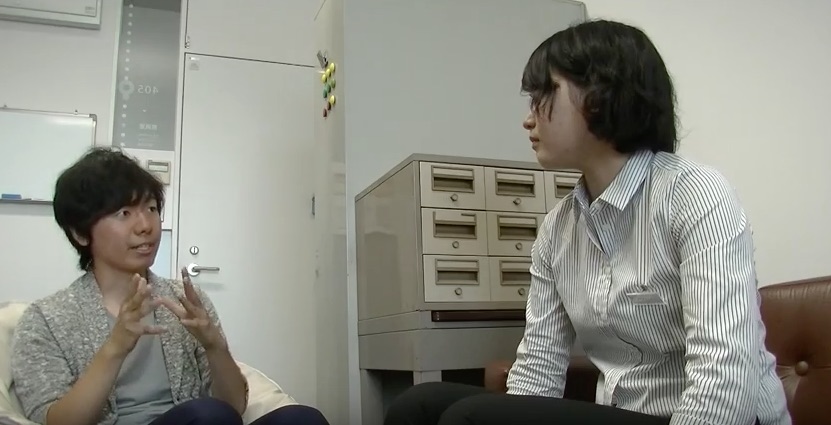
Shuhei and Yuki
This discussion is interesting with very little cross-talk pausing (3.5 seconds) and tends to be smoother than others. Minimal responses are limited. Shuhei’s speaking rate is far higher than usual (137.0) while the Yuki’s shows an average rate of speech (86.1). The use of L1 is rather high for Yuki (15 occurrences), and MLRs are rather average for this level of proficiency, with Yuki having 9.2 syllables and Shuhei having 14.7. Further, with the trend of males talking longer than females, Shuhei has 529 words compared to Yuki’s 313, but Yuki has only 7 meaningless syllables as compared to Shuhei’s 59.
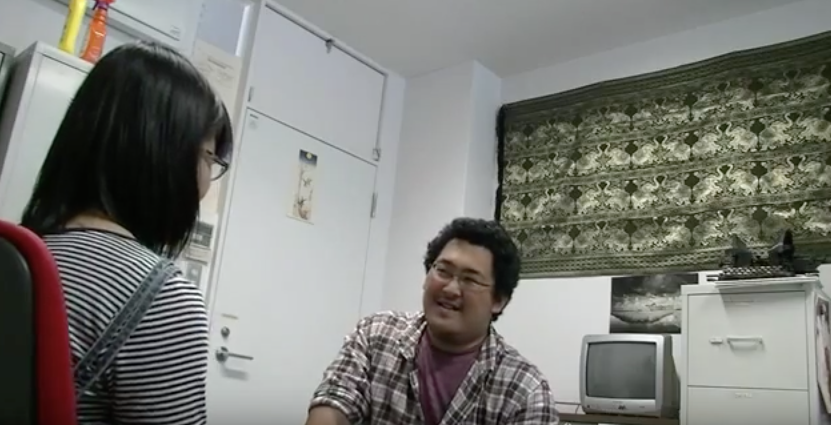
Nanase and Naoyuki
This discussion reflects a balanced and engaged discussion. Both participants have a high number of words 518 for Kure and 555 for Nanase along with similar MLRs 11.4 for Kure and 10.5 for Nanase. Nanase does have a lot of repetition 49 occurrences and higher retracing. Furthermore, the speaking rate is fairly high 92.0 and 99.7. The amount of silence is moderate, 6.8% or 62 second

Naoyuki and Yuki
While this conversation is far more balanced than others, there is a high level of cross-talk pausing 27.2,and there is a high rate of silence, 59.5 seconds or 8.6%. Mean length of pauWhile this conversation is far more balanced than others, there is a high level of cross-talk pausing 27.2,and there is a high rate of silence, 59.5 seconds or 8.6%. Mean length of pausing is rather high, for Naoyuki it is 4.1 and for Yuki 3.8, however, there is an average rate of speaking for Yuki (78.5) and a higher one for Naoyuki (95.9). The participants do enjoy talking with each other, as noted by the laughter.sing is rather high, for Kure it is 4.1 and for Yuki 3.8, however, there is an average rate of speaking for Yuki (78.5) and a higher one for Kure (95.9). The participants do enjoy talking with each other, as noted by the laughter.
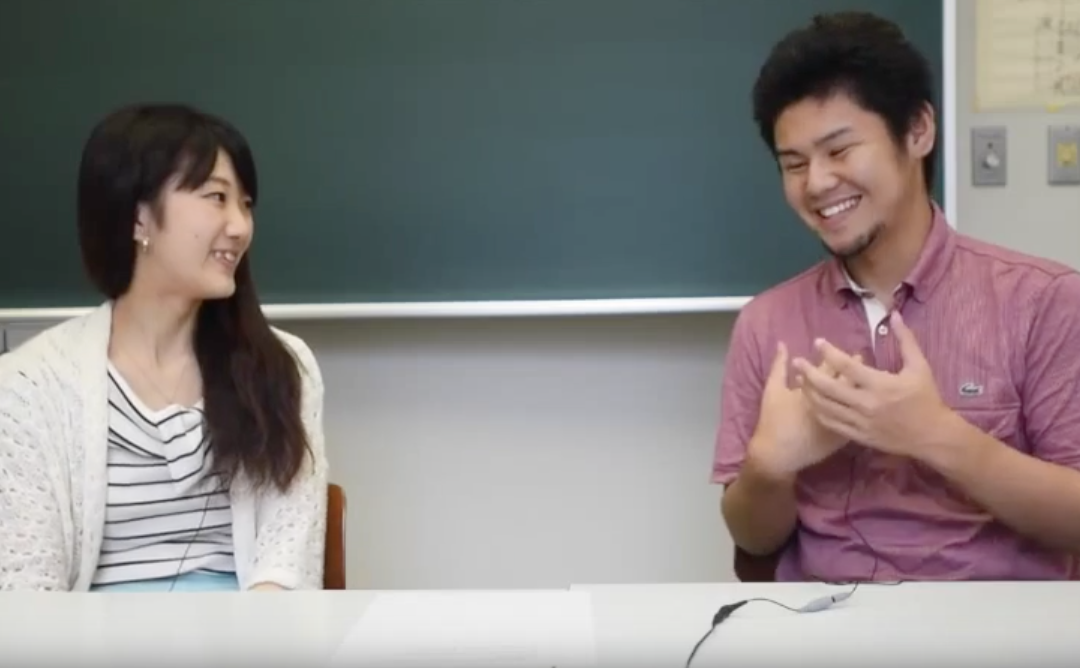
Ayaka and Daiki
Continuing the trend of male domination, we can see that Daiki’s MLRs are twice that of Ayaka’s 13.6 to 6.3, and even for speaking rate, Daiki has 91.3 compared to Ayaka’s 65.9; furthermore, Daiki has 393 words compared to Ayaka’s 189. Meaningless syllables are, as always, higher with males, so Daiki has 80 compared to Ayaka’s 24. Ayaka does talk longer and provide more content, and this is to be commended. Percentage of silence is normal, 9.8%. The conversation is more engaged and both participants are more motivated.
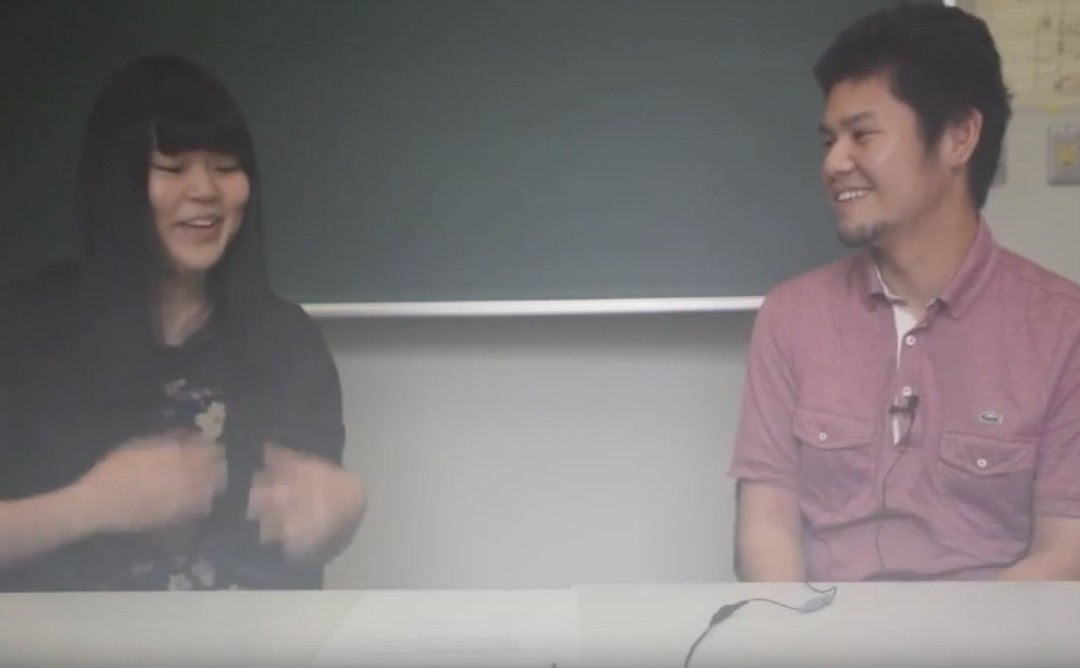
Nanami and Daiki
Nanami does seem to have too many minimal response, and she could have provided more descriptive answers, and have asked more questions. So, again we have Daiki having 388 words compared to her 189. Repetition is a bit high and is the same for both participants: 20 words. Percentage of silence is low, 3.1%. MLRs are average, but Nanami’s is a bit low, 7.1 compared to Daiki’s 11.6
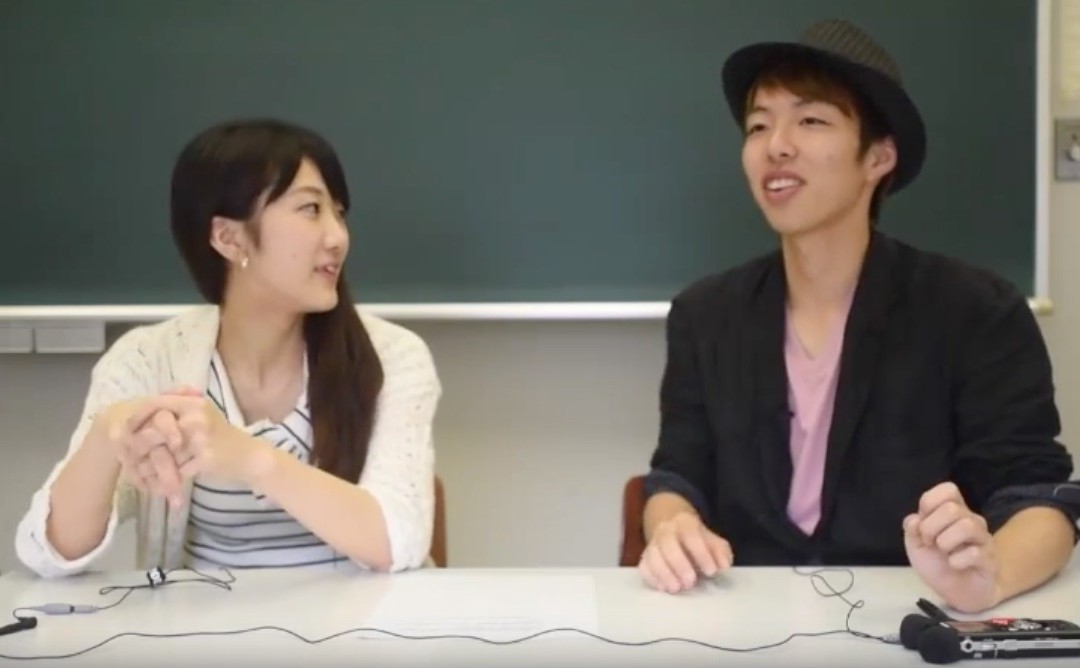
Ayaka and Mao
The speaking rates for both participants are fairly average, 68.9 for Ayaka and 79.1 for Mao. Again, minimal responses are far too common with Ayaka, and often are just one word. Mao does have a high rate of repetition, 23 words compared to Ayaka 8, and the total amount of silence is 120.2 or 19.2%, which is too high and the cross talk pausing is a bit high, 23.1 seconds. Dsyfluency is minimal but so is the production, with Mao having 326 words, and Ayaka’s 169. MLRs are also a bit on the short side, with 6.2 words with Ayaka and Mao’s 8.2.
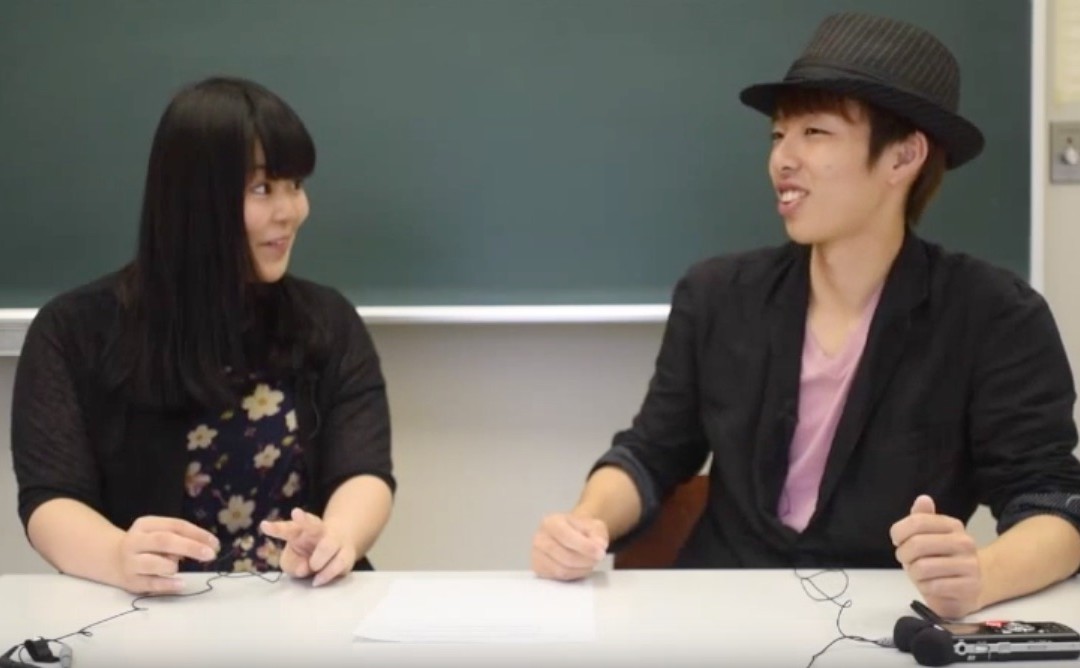
Nanami and Mao
This discussion has both participants with an average speaking rate, 63.4. for Nanami and 89.2 for Mao. Cross talk pausing is limited to just 6.3 seconds, so it is evident that the participants were comfortable with each other. Again, Mao tended to be more productive with 327 words compared to Nanami’s 227. The percentage of silence is rather high though 19.5% or 117.5 seconds.
